Operation Cobra was arguably the most successful allied western European military land operation of the entire war
A British archaeological investigation is revealing the true story of one of World War Two’s most important battles.
Known as Operation Cobra, the crucial yet little-researched series of engagements took place in late July, 1944 (just 51 days after the Normandy landings) – and was arguably the most successful allied western European military land operation of the entire war.
The excavation project in Normandy is one of the largest archaeological investigations, into a WW2 battlefield, ever carried out.
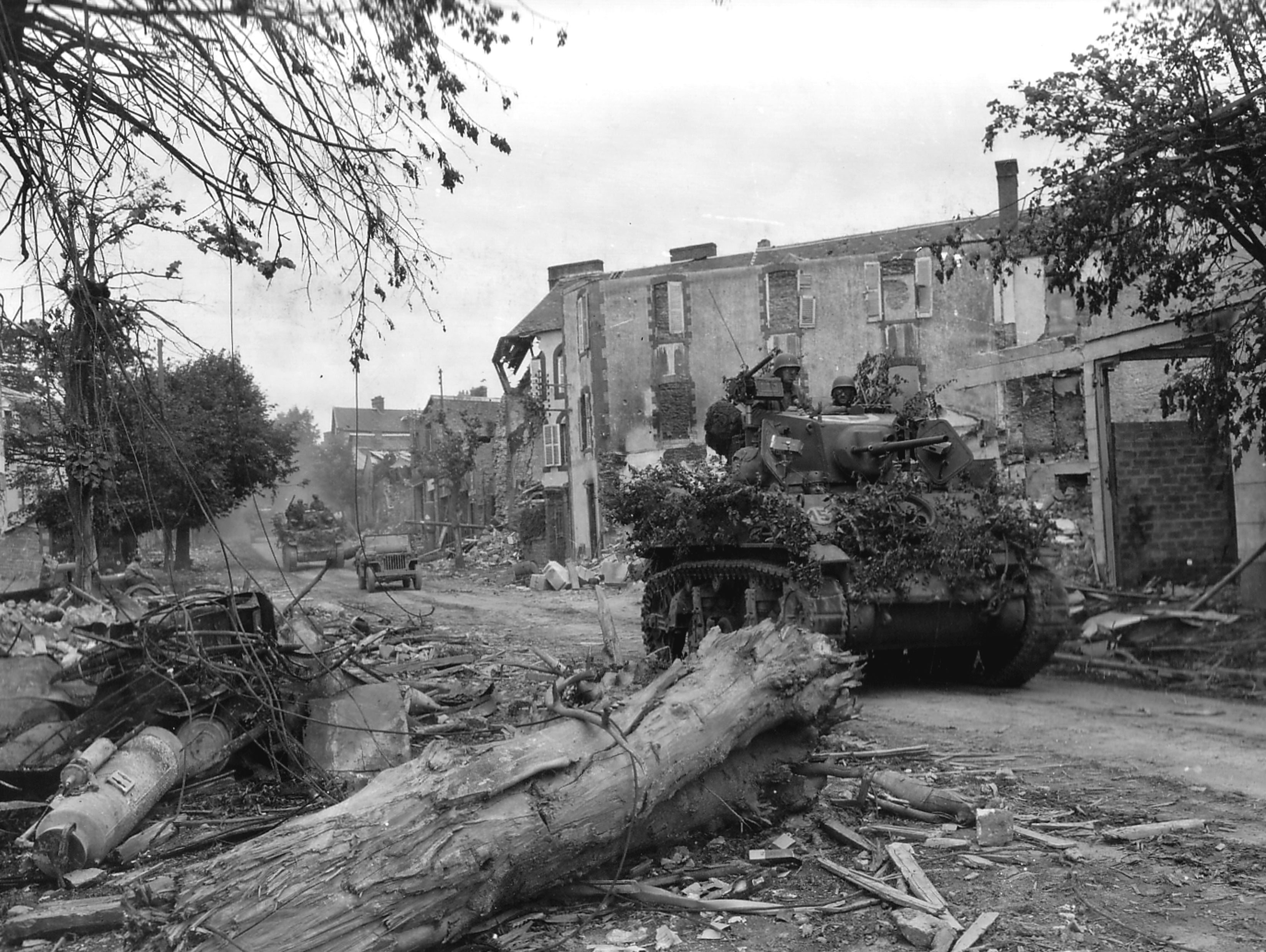
Discoveries being made by the archaeologists are revealing the scale of the allied victory – and the sheer scale of the disaster which befell the Germans.
But by doing that, the excavations are also highlighting the extraordinary political dilemma which German commanders in France faced following D-day.
Hitler’s interference in German military decision-making (and his frequent rejection of military advice) had already allowed the Allies to successfully re-enforce their Normandy beachhead in the days following D-day.
The German commanders knew that their position in post D-day Normandy was untenable – and yet, because of pressure from Hitler, they failed to do the only thing that might have bought them time, namely a tactical retreat to pre-established defensive positions on the north bank of the river Seine dozens of miles to the east. It was that fatal failure to retreat which led to the Allies launching Operation Cobra – and to the Germans being routed in Normandy.
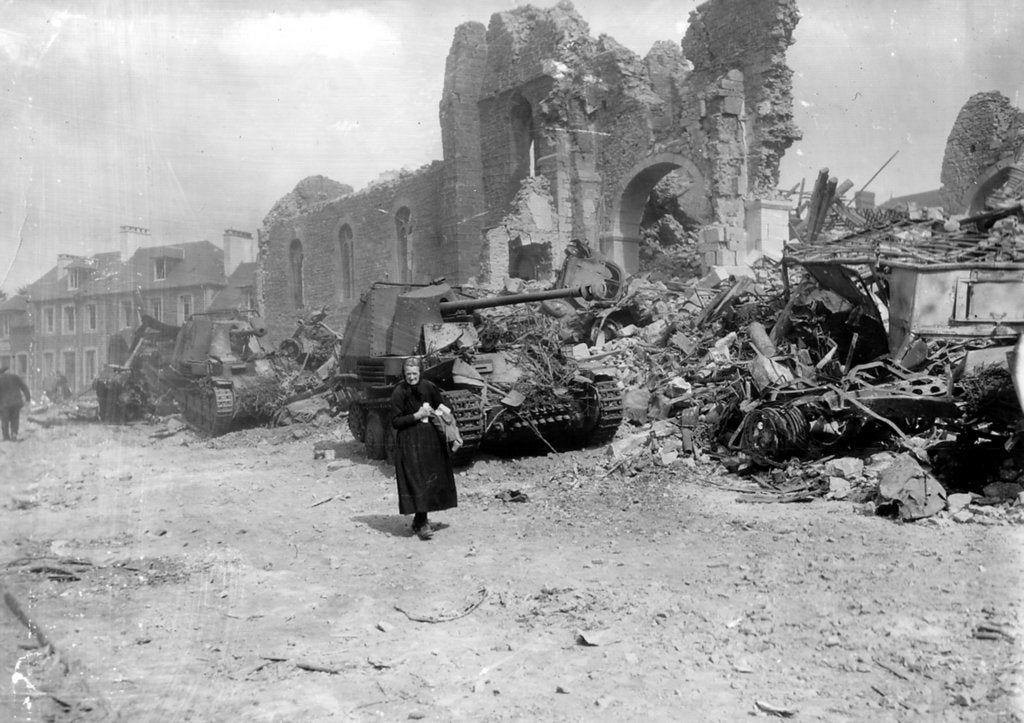
However the crucial development that really ensured that the Germans were routed actually took place at a Nazi HQ a thousand miles to the east – namely the failure of a German military plan to kill Hitler, install a new government and try to negotiate a ceasefire (with the Western allies) and an orderly withdrawal from France.
Instead, the failure of that German anti-Nazi military coup (which had been scheduled for 20 July, 1944) made it virtually impossible for the top German Commander in France (who had been cognisant of and sympathetic to the coup plan) to disobey Hitler’s order not to even stage a tactical retreat.
Through detailed field work, the archaeologists, investigating the German collapse in Normandy, are discovering evidence of previously unknown allied ambushes and other key military engagements – and, by mapping individual finds, the investigators hope to reconstruct how this crucial battle unfolded.
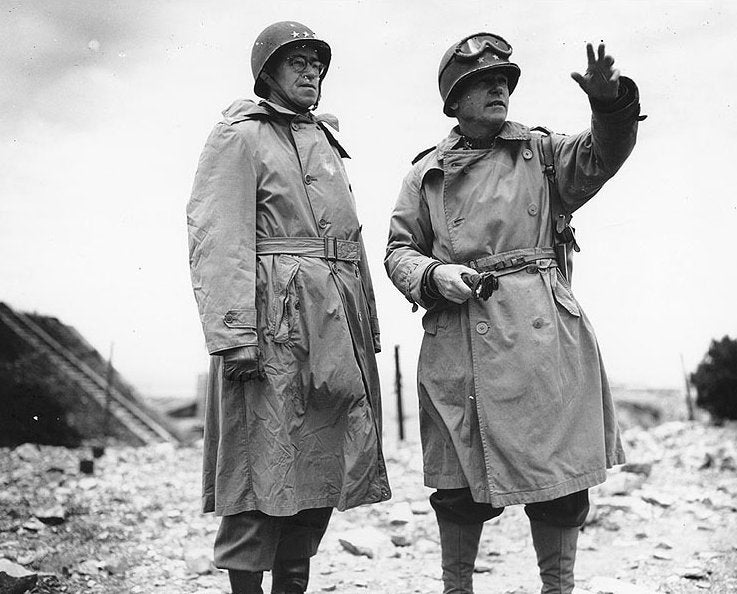
So far they’ve located two previously unknown German mass graves and have unearthed literally thousands of German and allied machine gun bullets, as well, as pistol and rifle bullets, rifles, hand grenades, armour-piercing shells and bazooka rockets. They have also found parts of British air-to-ground missiles – and graphic evidence of the havoc wrought by them on German positions.
“These new excavations will for the very first time allow historians to more fully understand the details of how the German collapse in Normandy unfolded,” said a leading expert on Cobra, James Holland, author of the most recent study on the subject, Normandy ‘44: D-Day and the Battle for France.
In July 1944, the anti-Hitler commander of German forces in western France (including Normandy) – a field marshal called Günther von Kluge – knew that an assassination attempt on Hitler was about to take place and was no doubt hoping that a non-Nazi government would therefore come to power and potentially negotiate a ceasefire with the Western allies.
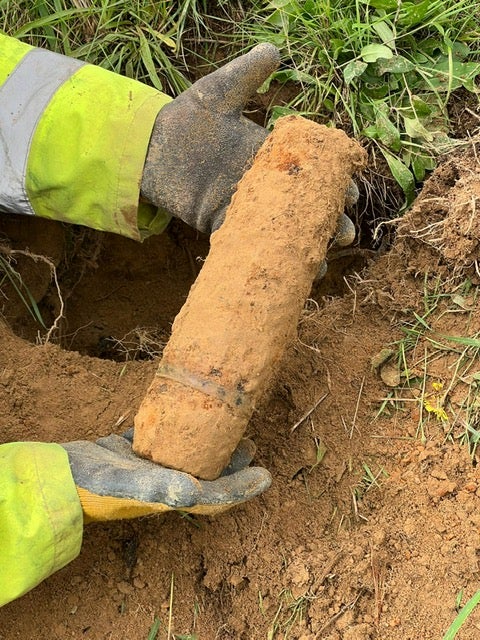
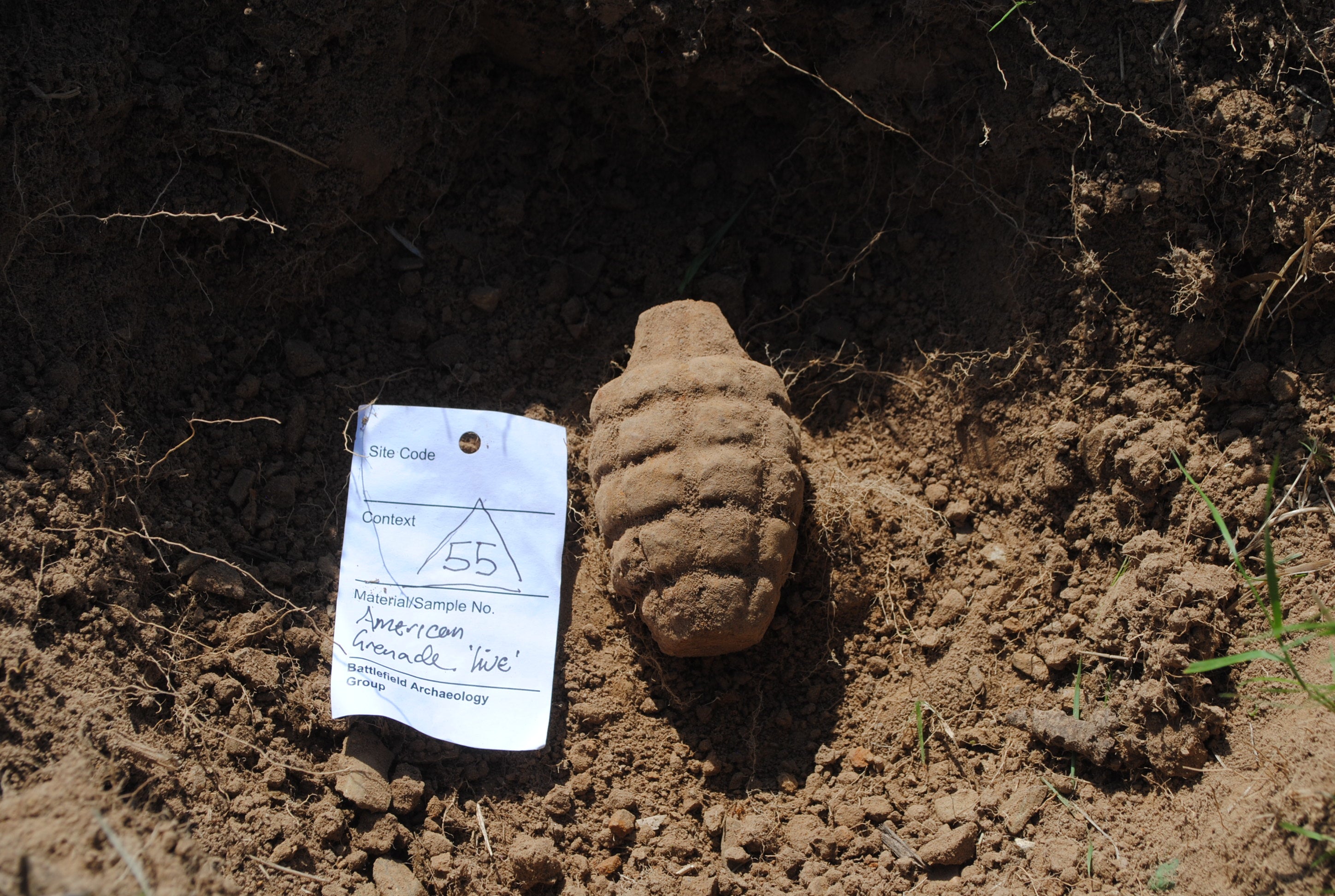
Once the field marshal knew that the assassination attempt had failed, any tactical retreat at that late stage would have been regarded by Hitler as particularly disloyal and might have led the German dictator to suspect that Von Kluge had been involved in, or cognizant of, the plot. Von Kluge’s vulnerable state of mind was highlighted shortly after Operation Cobra when Hitler summoned him to Berlin. So fearful was he of Hitler’s post-assassination-attempt wrath that he committed suicide en route to the German capital.
The archaeologists investigating Cobra have also discovered parts of German armoured cars, tanks, motor cycles and other vehicles (and evidence of horse-drawn carts and probable artillery pieces) – as well as a number of landmine detonators and lots of flares used by the Germans to desperately try to call in support.
In terms of personal effects and equipment, the excavations have unearthed German boots and ammunition pouches as well as buttons, buckles, money, back-pack clips, water bottles, gas masks, machine-gun tool kits and spare machine gun barrels and ammunition belts.
As well as probable mass grave sites, they have also discovered German human remains in incinerated vehicles.
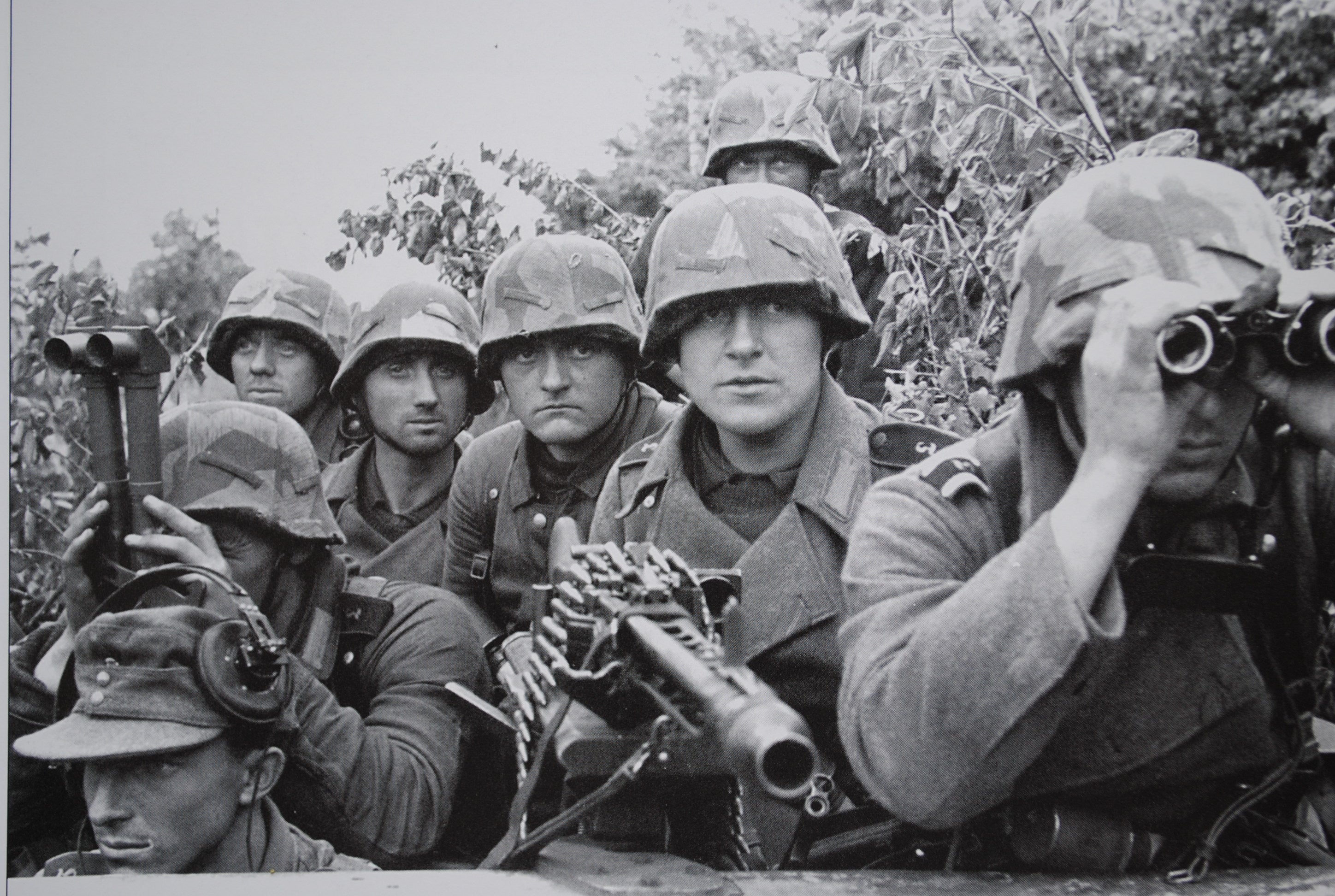
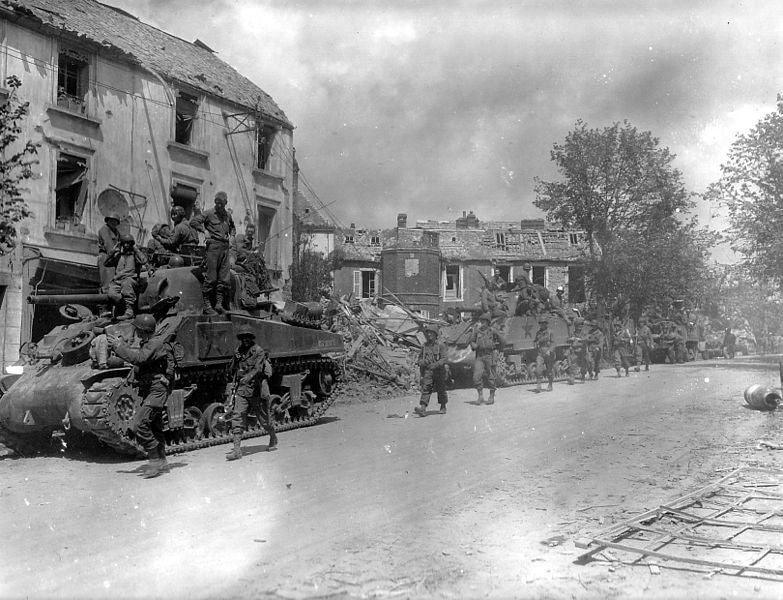
“It’s the first time that a largescale archaeological investigation into Operation Cobra or any other Second World War military activities in Normandy have been carried out” said the project’s lead archaeologist, Cameron Ross, Director of the UK-based Battlefield Archaeology Group.
It was the success of Operation Cobra that allowed the D-Day landings to be translated into the liberation of northern France and ultimately the defeat of Nazi Germany.
And yet, compared with D-Day and other famous events of World War Two, it’s comparatively little known.
As well as German military failings and the impact of the assassination plot failure, there were a number of other factors which led to the German defeat in Normandy.
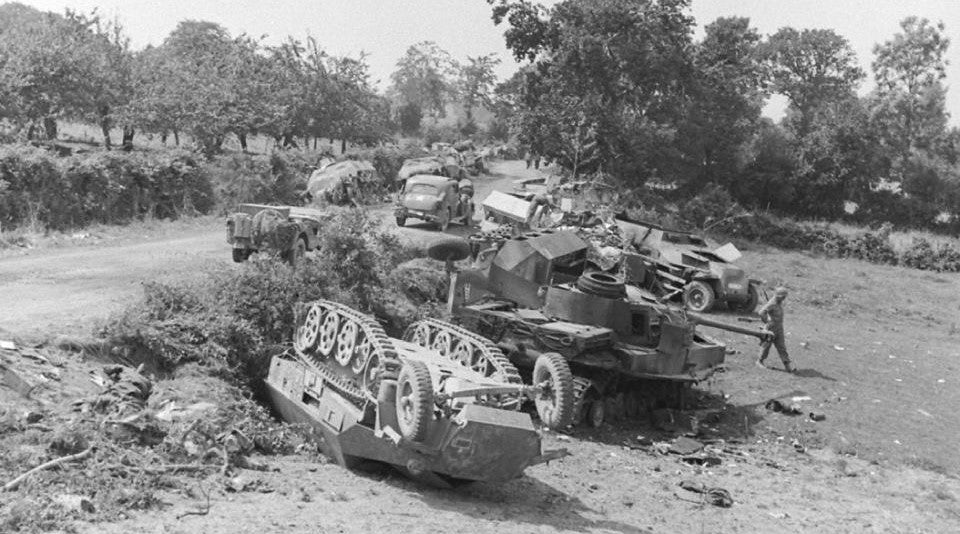
Cobra featured some extraordinary military innovations that were developed and deployed in (and in the build-up to) that campaign (things like direct tank-unit to aircrew VHF communications; more effective infantry and tank co-operation; large-scale use of air-to-ground armour-busting rockets; new obstacle clearance technology; intense cluster bombing; and new more sophisticated ambush tactics).
Cobra’s outstanding success was also down to the exceptional skills of the people in charge of running the operation – especially a US Colonel called Richard G McKee (and, crucially, the personal ‘chemistry’ between those senior people). McKee had an almost unparalleled eye for detail, while his colleague Major General Joe Collins was decisive and innovative.
In contrast to many other campaigns, there was also an absence of serious rivalry and discord between the people in charge. That absence helped create an increased degree of efficiency and clarity.
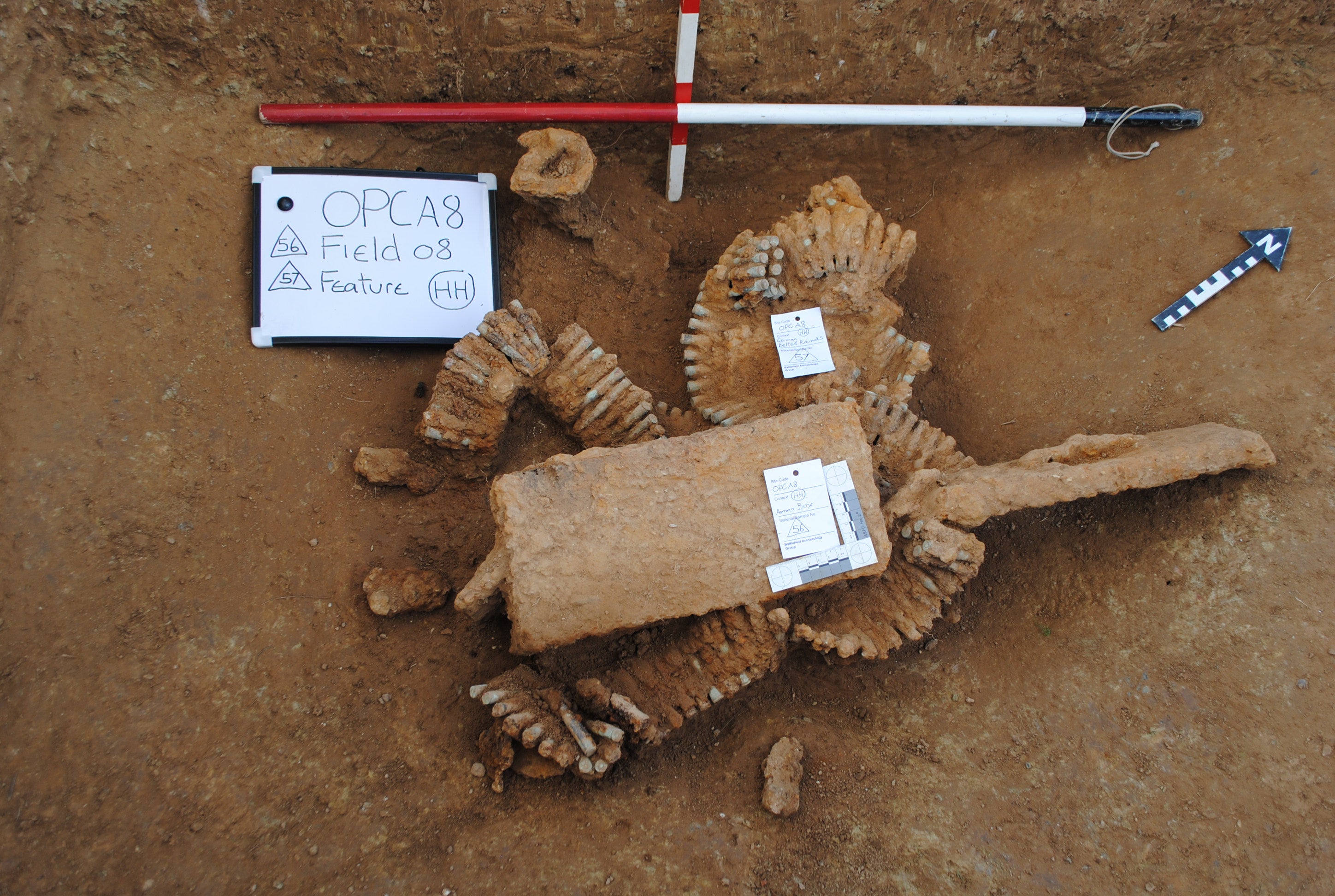
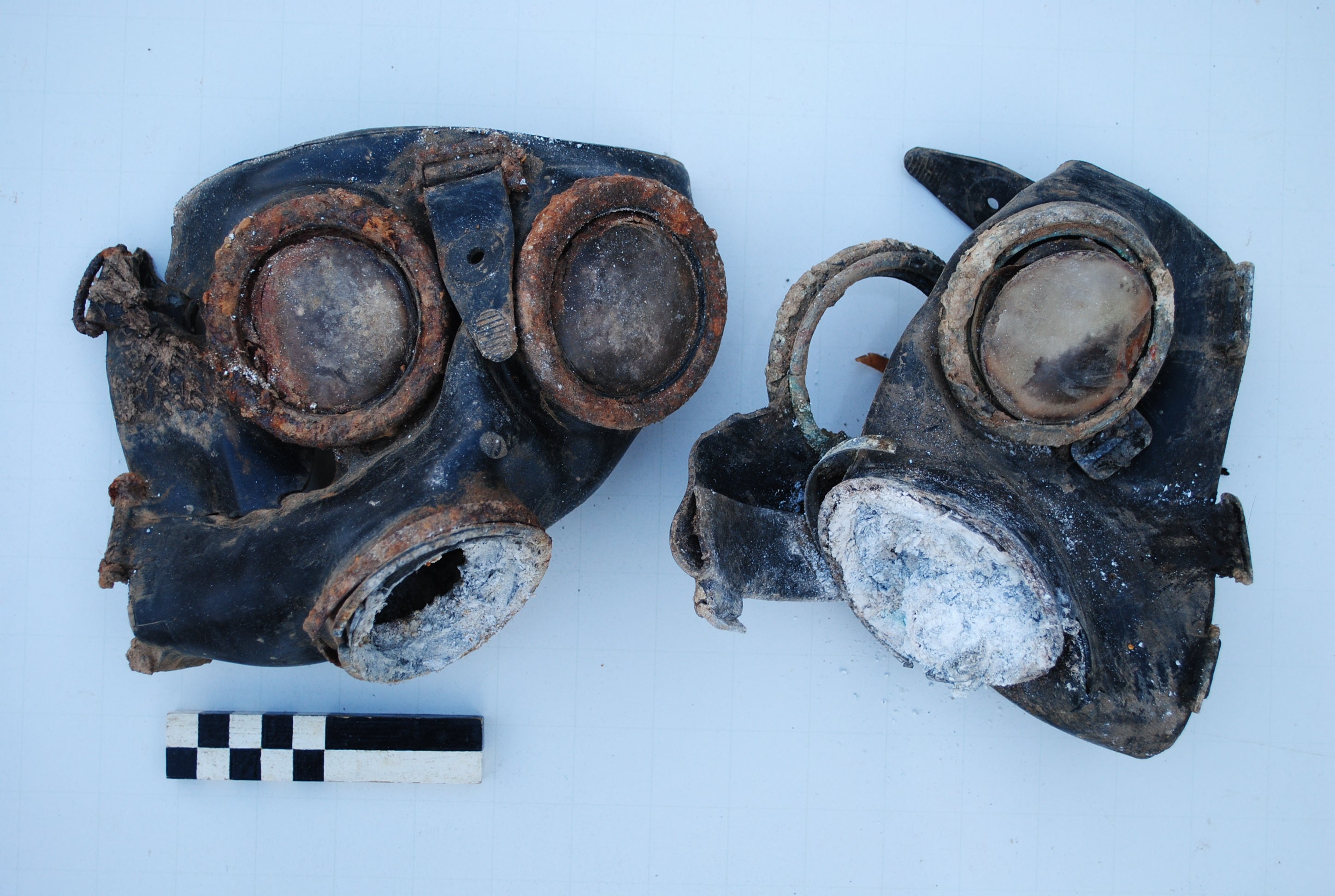
What’s more, because Cobra was, in effect, at the very beginning of the Western allies’ main land campaign against Hitler, there was a lack of complacency and arrogance (the so-called ‘victory diseases’ which contributed to several specific military failures in subsequent months).
Looking at it from the Allied point of view, the operation was an unparalleled triumph. But looked at from a German perspective, it was an utter disaster in which entire German units, totalling thousands of men, simply disappeared.
Operation Cobra is one of the least famous and until now under-researched key episodes of World War II.
And yet it was also the pivotal campaign that helped deliver victory for Britain and the US in western Europe.
Arguably, it marked the beginning of the end for the Nazis in the western half of our continent.
Cobra was a joint ground/air operation with the ground aspect mainly American and the crucial air aspect partly British. But the entire operation was only made possible by the damage already done to German forces by British, Canadian and US forces in the weeks before Cobra.
The newly emerging narrative as to what actually happened in the killing fields of Operation Cobra is largely being shaped by the new archaeological detective work.
Source: Independent


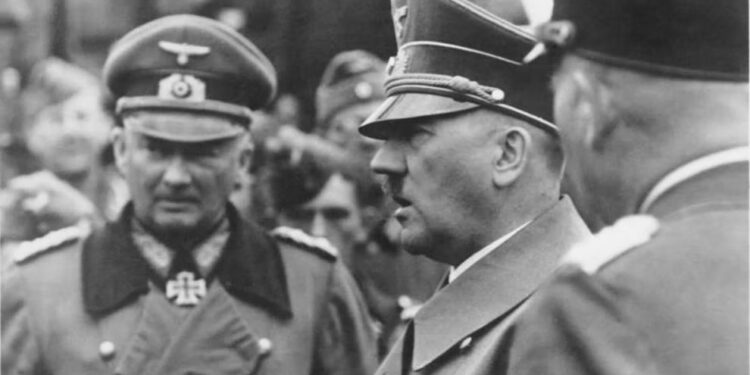
Recent Comments